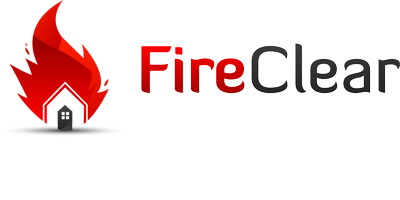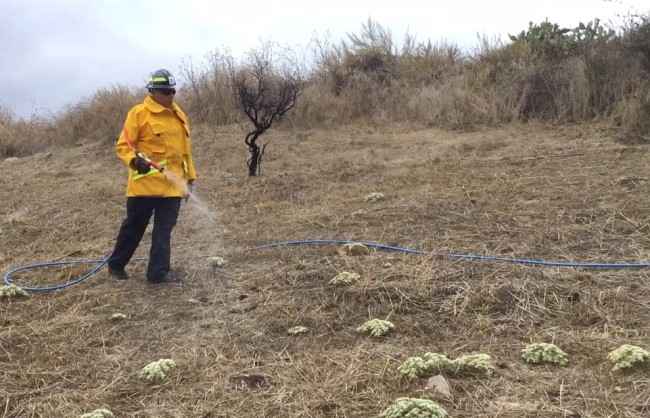With all of California worried about “wildfires near me” right now, fire protection is first on everyone’s minds.
No home is totally fireproof—but with the right precautions, you can help safeguard your home, belongings, and your family in the event of a wildfire.
Steps to Make Your Home More Wildfire-Resistant
Here are just a few ways to quickly increase your property’s resistance to fire damage:
Install tempered glass, multi-pane windows and screensIf your siding is combustible, install metal flashing wherever your deck and siding meet—as well as angle flashing at the edges of your roofBox in any eaves with open construction, such as areas where rafter tails can be seenMove piles of firewood at least 10 yards from your homeOnly use roofing materials with the highest fire rating (Class A)Clear debris and dust from attic vents and window screensClear out gutters, roofs, and all outdoor spaces to ensure they’re free from twigs, leaves, and other easily combustible materialsRemove all dead vegetation from the lowest branches of tall trees, as well as plantsCreate Defensible Space Zones
As an extra layer of precaution, consider creating “defensible space zones” around your home. Think of each layer as an extra line of defense against encroaching wildfires.
Zone 0: Within 5 feet
The area right next to your house is the most vulnerable to fire damage, and you should regularly maintain it for maximum safety by:
Relocating or replacing combustible outdoor seating, tables, etc.Replacing fiber or jute door matsRelocating or removing garbage, lumber, recycling containers, etc.Cleaning up fallen needles and leaves, especially during fire seasonRemoving all tree limbs, as well as vegetationRelocating firewood and lumber, especially those stored under overhangs and decksOnly using non-combustible mulch, like gravel and stoneZone 1: 5-30 feet
In the next zone of defense, aim to:
Remove all dead grass, plants, leaves and pine needles from your roof, gutters and yardMaintain tree branches so that all branches have at least 10 feet between other treesRemove any branches that hang over your house, and keep branches at least 10 feet away from your chimneyMove all wood piles into the next zone (Zone 2), or at least move them 30 feet away from all structuresRemove any vegetation near decks that could catch fireZone 2: 30-100 feet
This zone extends at least 100 feet, but could be even larger if necessary:
Keep annual grass to a max height of four inches (preferably less)Remove pine needles, twigs, cones, bark, small branches and fallen leaves (if erosion is a concern, fallen material can be maintained up to 3 inches)Be sure to check with the local fire department—there may be additional ordinances in place that you’ll need to followThe Extended Zone may even include space more than 100 feet away if required by steep slopes, nearby vegetation conditions, and/or your local fire department.
Keep Your Home Clear with FireClear
Safe, effective, firefighter-approved—FireClear is faster, easier and less messy than DIY applications, and can help fireproof your home with just one seasonal application of Phos-Chek.
Instead of searching for constant updates on “fires near me,” contact us today for a FREE property assessment, and get peace of mind for your home—and your family.

